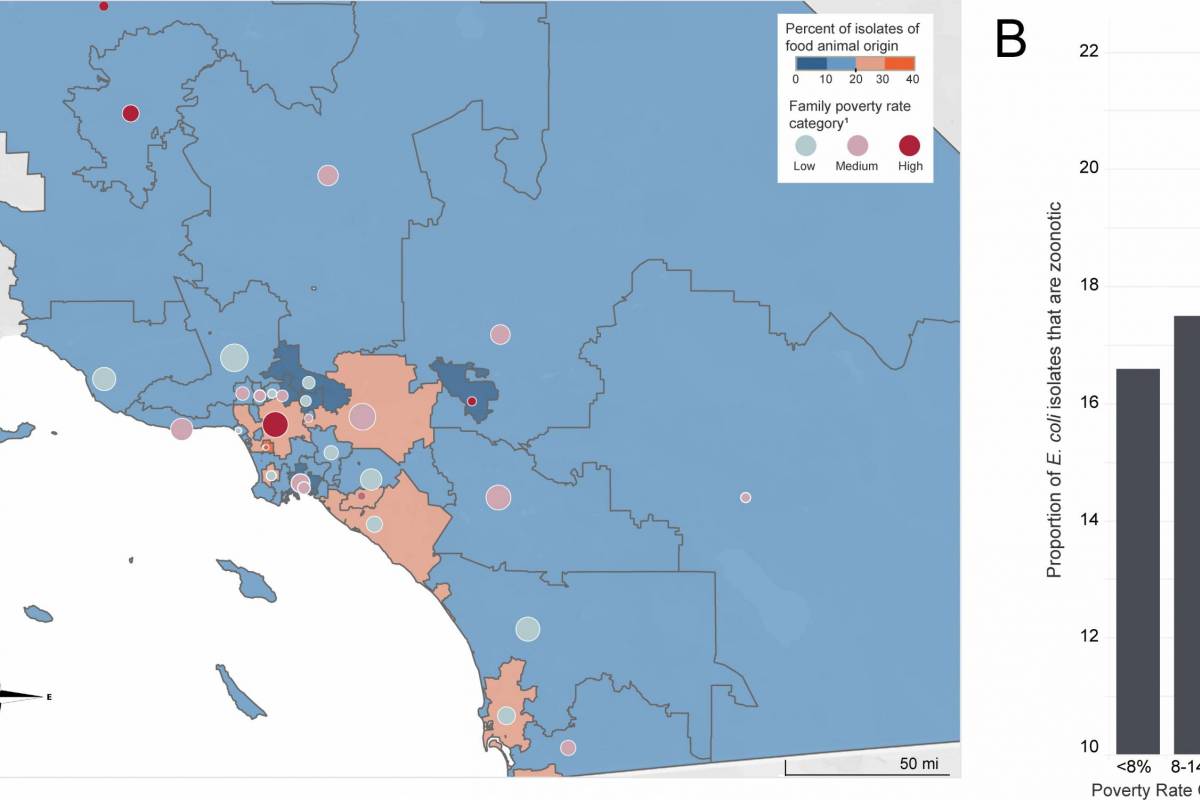SAVANNAH, Ga., Oct. 26, 2025 /PRNewswire/ — Impeller Studios today thanked players worldwide for making In The Black one of the most discussed simulations of Steam Next Fest 2025 and marked the occasion with the release of the official In…
Author: admin
-
Slain journalist Arshad Sharif’s mother passes away – Business Recorder
- Slain journalist Arshad Sharif’s mother passes away Business Recorder
- Mother of slain journalist Arshad Sharif passes away Dawn
- Riffat Ara Alvi, mother of slain journalist Arshad Sharif, passes away The Express Tribune
- Mother of martyred…
Continue Reading
-

Satish Shah’s funeral: Sarabhai vs Sarabhai cast Rupali Ganguly, Sumeet Raghavan and others sing the title track as they bid an emotional goodbye |
Veteran actor Satish Shah, who passed away at the age of 74 due to kidney failure on October 25 in Mumbai, was given an emotional farewell by the cast of Sarabhai vs Sarabhai. All the actors from Sarabhai vs Sarabhai like Rupali Ganguly, Sumeet…
Continue Reading
-

US-China trade tensions appear to cool before upcoming Trump-Xi meeting
KUALA LUMPUR, Malaysia (AP) — U.S.-China trade tensions appeared to cool Sunday before an upcoming meeting between President Donald Trump and Chinese leader Xi Jinping, with each side saying a deal was…
Continue Reading
-

Man Alarmed to Discover His Smart Vacuum Was Broadcasting a Secret Map of His House
Illustration by Tag Hartman-Simkins / Futurism. Source: Getty Images
Forget your phone spying on you — maybe it’s your vacuum you should really be worried about.
In a post on his blog Small World, the…
Continue Reading
-

Food-Producing Animals Cause 18% of UTIs in Los Angeles — Vax-Before-Travel
Los Angeles (Vax-Before-Travel News)Urinary tract infections (UTIs) are among the most common bacterial infections, affecting hundreds of millions of people worldwide.
New research published in the journal mBio indicates that about 18% of UTIs…
Continue Reading
-

Sarabhai vs Sarabhai co-stars Rupali Ganguly, Rajesh Kumar cry inconsolably during Satish Shah’s funeral
Updated on: Oct 26, 2025 04:10 pm IST
Satish Shah’s funeral was held on Sunday in Mumbai, with his family and colleagues from the film industry coming together to pay their final respects.
Continue Reading
-

New possible volcanic exomoon orbiting searing hot exoplanet
View larger. | In this image from NASA’s Galileo spacecraft – captured in 1997 – an active volcano erupts on the limb, or edge, of Jupiter’s moon Io. If it’s real, the nearly discovered volcanic exomoon – some 700 light-years away –… Continue Reading
-

7 Features GTA 6 Should Borrow from Red Dead Redemption 2
There is no denying the fact that Red Dead Redemption 2 is one of the best video games of all time. Whether it is the classic story that numbs your eyes or the brutal bloodbaths, the Rockstar-developed game has it all. With Grand Theft…
Continue Reading
-

Casio’s Fluffy AI Robot Squeaked Its Way Into My Heart
There’s a fluffy robot, about the size of a guinea pig, sitting on my couch, and it’s squeaking. My friend’s dog Wylie sits watching it, suspicious of its every move.
Moflin is an AI companion robot made by the Japanese electronics manufacturer Casio. Via the companion app, I have chosen to name this one Puff, because—well—that is what it looks like. Wylie immediately clocks it as something to be wary of, a device that moves on its own but is not alive. Puff squeaks again. Wylie barks, then runs out of the room, growling.
When I found out Casio—yes, the same Casio that makes watches—had made an AI pet bot, I figured I was exactly the type of person it was made for. I’ve always loved animals, but my current landlord does not allow any pets on the premises except her own yappy dog, so I am pet-less. Also, I watched Toy Story way too many times as a kid, which means I am predisposed to anthropomorphizing inanimate objects that aren’t supposed to have feelings or consciousness.
Robot pets are already a whole thing, and the Moflin has been huge in Japan since its launch there a year ago. It is a soft, furry robot that uses AI capabilities to react to sounds and touch, and develops its own unique personality as a result. (There are over 4 million personality traits, according to Casio.) Like other companion dolls, the devices are meant for would-be pet owners or anyone who just likes a cute critter hanging around. Think of it like a Labubu or Furby, without the prominent (terrifying) facial features, or a fluffy Tamagotchi. And now, Moflin is available to buy internationally.
As the timing worked out, I got my delivery of the Moflin right before I agreed to dogsit my friend’s dog for a week. So I brought Puff along to stay in the house of Wylie, a shy-but-rowdy village dog.
The Moflin costs $429—cheaper than buying a puppy from a breeder can be, but pricier than begrudgingly accepting that you are now responsible for the cat who keeps showing up in your trash bin every night.
Courtesy of Casio
Continue Reading
